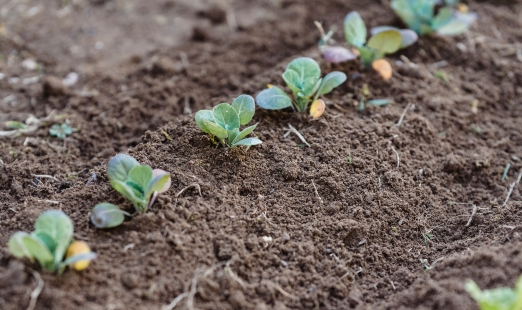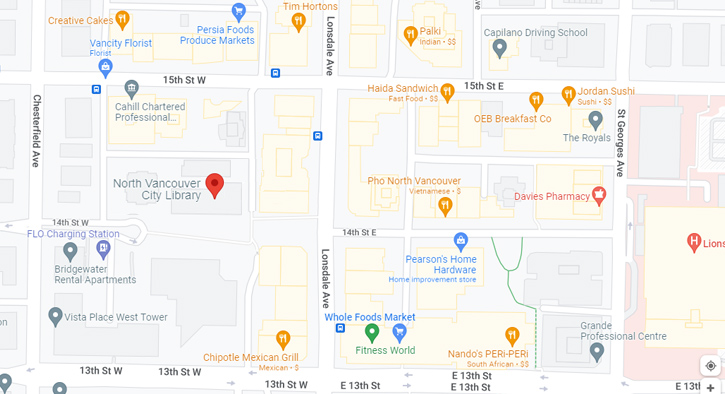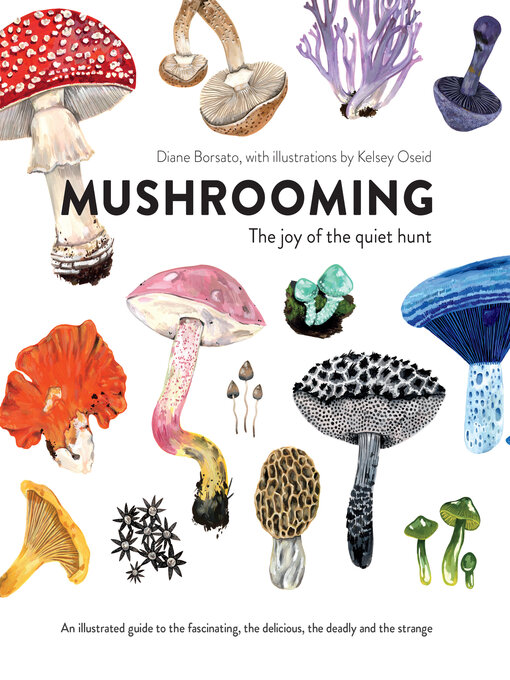Seed library
Join City Library’s seed club to grow your garden and help conserve seed varieties. Seeds are free to borrow. After you harvest your plants, save the new seeds and return them for next year’s club.
The seed library is a joint initiative with the Edible Garden Project. Our goals are to encourage the North Shore community to grow their own food, create greener spaces and facilitate community learning.
The seed library is on the third floor of the library.
Popular requests
Join the seed club in three easy steps:
1. Either click the 'Register' button and fill out the registration form, or simply visit any info desk.
Welcome packages are available next to the seed library.
2. Select your seeds.
Visit the seed library cabinet on the on the third floor to pick out your seeds.
3. Harvest and return new seeds.
After your harvest, return your new seeds to the Welcome Desk for next year's club. Please provide as much info as possible about the seeds you are returning.

Check out these handy planting charts from West Coast Seeds to help plan your garden
Seed saving tips
Saving dry seeds
Most plants such as lettuces, onions or carrots produce dry seeds.
- Allow the seeds to partially dry in their capsules, or seed heads, while still attached to the parent plant.
- The seeds must be collected and placed in a bucket or paper sack before the capsules open or the seed heads shatter.
- After the seed is fully dry, separate it from the pods and stalks and store in an airtight container such as a glass jar.
Saving wet seeds
Fruits and vegetables like melons, squash or peppers produce wet seeds.
- Scoop the seeds out of the fully ripe fruit.
- Rinse to separate them from the pulp.
- Spread the seeds on a tray or screen and allow to dry for several weeks before packaging.
Saving fermenting seeds
Tomatoes, cucumbers and other vegetables whose seeds have a gel sac need special processing.
- Squeeze the seeds into a jar and add a little water.
- Leave the jar at room temperature for about a week. During this time, the yeast will break down the gel sacs, and a layer of mold will develop on top of the water.
- The good seeds will sink to the bottom of the jar, and can be collected and dried as in the wet seed processing method.

